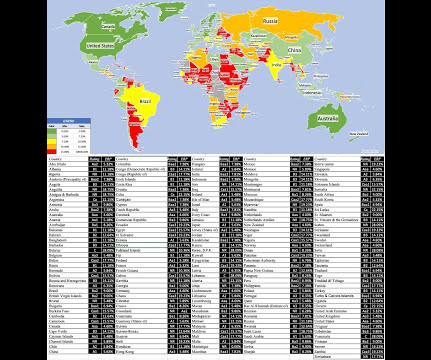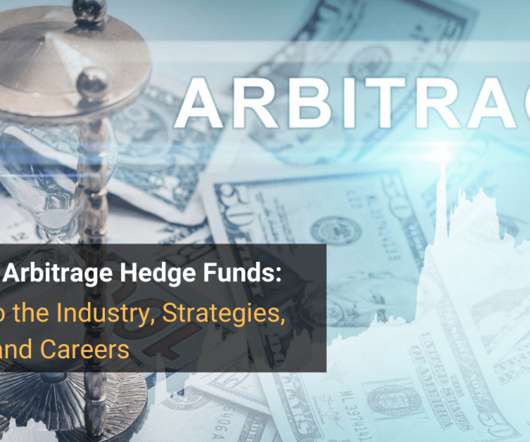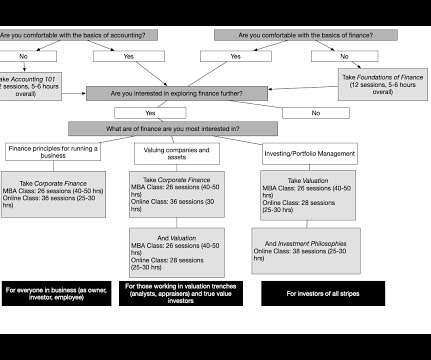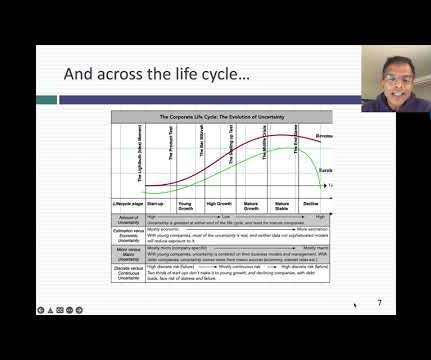Weighted Average Cost of Capital Explained – Formula and Meaning
Valutico
APRIL 17, 2023
Determining a company’s “Cost of Capital” is vital in corporate finance and valuation, and the Weighted Average Cost of Capital (WACC) provides a specific way of doing so. The required rate of return for equity (Re) is generally calculated using the Capital Asset Pricing Model (CAPM). A beta of 1.0
















Let's personalize your content